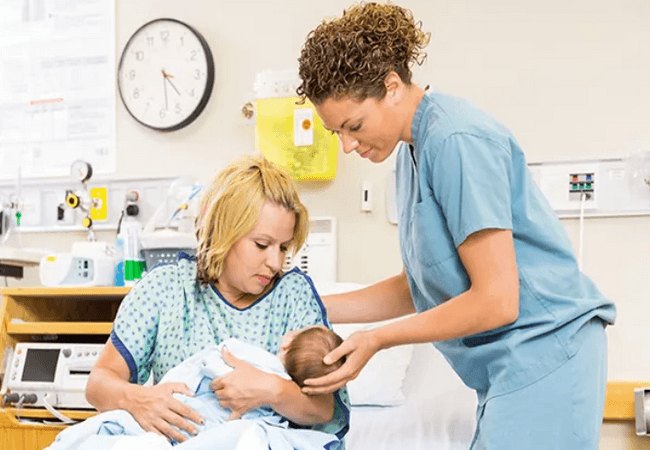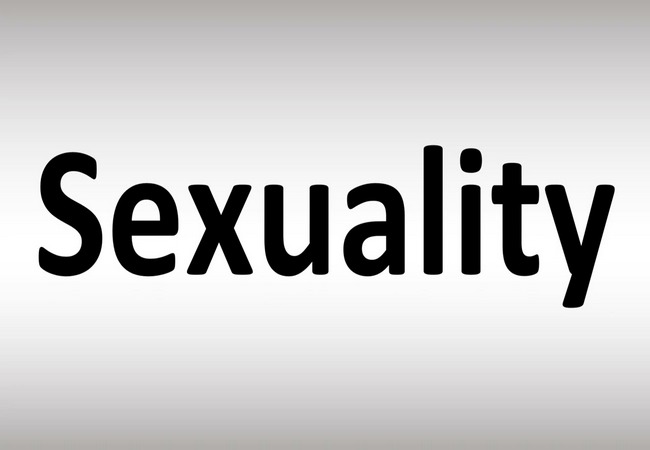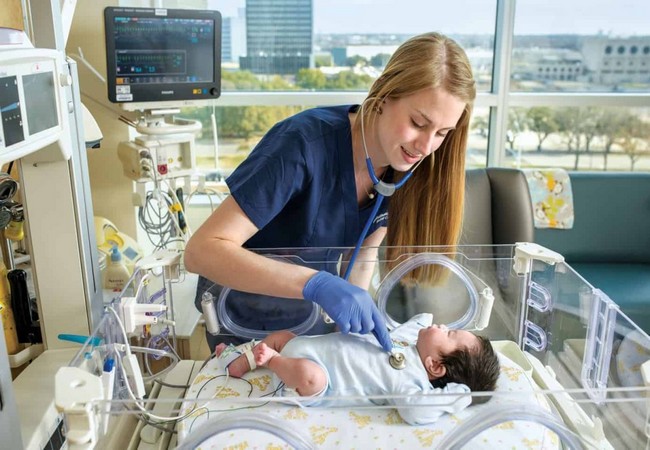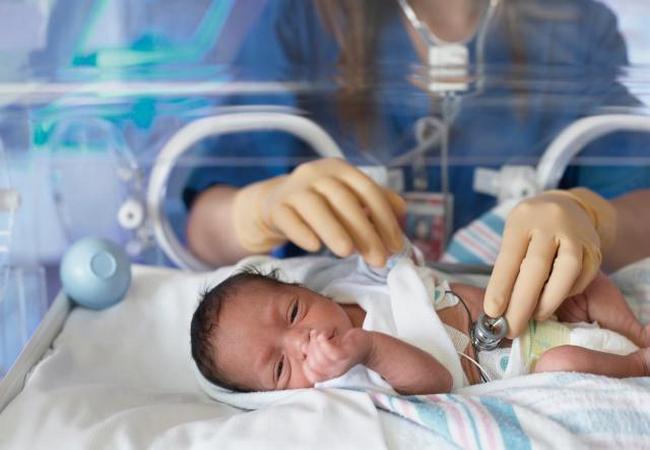Role and Responsibilities of Midwife in High Risk Newborn
Who are High Risk Newborns or Neonates?
High risk newborns are those who need special attention and close observation because of presence of certain adverse factors. A high risk is define as any neonate when is in danger of serious illness or death as a result of prenatal, perinatal, or neonatal result of prenatal, perinatal, or neonatal conditions, regardless of birth weight or conditions, regardless of birth weight or gestational age. Any baby exposed to any condition that make the survival rate of the neonate at danger.

Role of Midwife in Working with High Risk Newborn or Neonates:
Diagnosis of the high-risk newborns:
It includes-
- Ineffective breathing pattern related to pulmonary and neuromuscular immaturity, decrease energy and fatigue.
- Ineffective thermoregulation related to immature temperature control and decreased subcutaneous body fat.
- Risk for infection related to deficient immunologic defect.
- Risk for fluid volume deficit or excess related to immature physiologic characteristics of preterm infant and/ or illness.
- Imbalance nutrition: Less than body requirement related to inability ingest nutrients because of immaturity and / or illness.
- Risk for impaired skin integrity related to immature skin structure, immobility, decrease nutritional state invasive procedures.
- Risk for injury from variable cerebral blood flow, systems hypertension or hypotension, and decreased cellular nutrients related to immature central nervous system and physiologic stress response.
- Pain related to procedures, treatment, handing.
- Delayed growth and development related to preterm birth, unnatural NICU environment, separation from parents.
- Interrupted family process related to situation / maturational crisis, knowledge deficit, interruption of parental attachment process.
- Anticipatory grieving related to unexpected birth of high-risk infant, grave prognosis, and /or death of infant.
You can also read: Duties and Responsibilities of Nurse Midwife in Healthcare Sector
Nursing Care of High-Risk Newborns:
It includes-
- Thermoregulation: pathophysiology, maintaining thermo neutrality.
- Respiratory support: appropriate’ positionilg.in order to ensure an open airway to maximize oxygenation and ventilation.
- Hydration: parenteral fluid.
- Nutrition: nutritional needs, nipple feeding, gavage feeding.
- Protection from infection: hand washing standard precaution technique.
- Feeding resistance: Provide regular oral stimulation and stimulation program for infants who exhibit aversion.
- Energy conservation.
- Administration of medication: hazard, of administering antibiotics and hyperosmolar solution. Avoid using medication with preservatives such as benzyl.
- Infant stress.
- Developmental intervention and care.
- Family involvement.
- Facilitating parent-infant relationship: encourage and facilitate parental involvement in caring infant.
- Discharge planning and home care: instruction parent about.
- Infant care:
- Follow up medical care,
- Immunization,
- Nutrition (overfeeding, underfeeding, feeding resistance, interaction etc.) .
- Developmental outcome:
- Developmental assessment,
- Sensory system,
- Kangaroo care,
- Therapeutic handling,
- Visual environment,
- Therapeutic positioning,
- Auditory environment.
- Neonatal loss:
- Anticipatory grieving,
- Provide emotional, and
- Physical support.
Management of High Risk Newborn or Neonates:
It includes-
- Anticipate the need of resuscitation; a skilled team should be present for delivery.
- The cord blood and placenta should be saved after delivery.
- Observation for at least 72 hours after delivery for development of complications.
- Admission to the neonatal unit at earliest suspicion and provision of appropriate management.
- Transfer to higher facility, if necessary
- At discharge, parents should be made aware of the possible danger signs.
More questions related to this article:
- Define high risk newborn.
- What do you mean by the term high risk neonate?
- Who are high risk babies?
- What is the risk of neonate?
- Who are the high-risk babies?
- Write down the nursing care of high-risk newborns.
- Describe the nursing care of high-risk newborns.
- What are the nursing cares of high-risk newborns?
- Discuss midwife’s role in working with newborns at risk.











